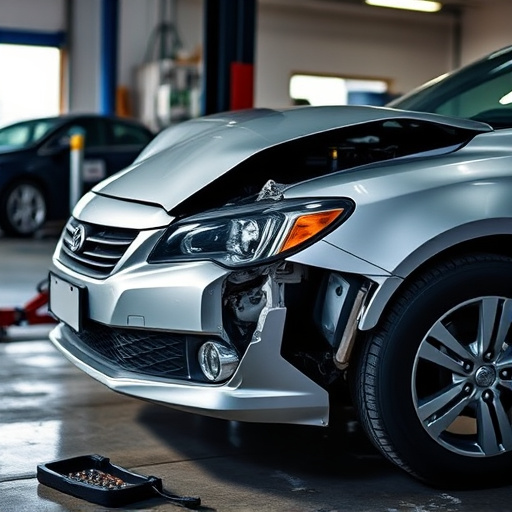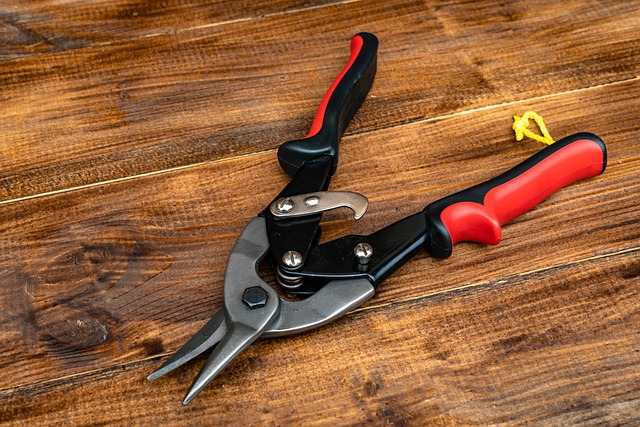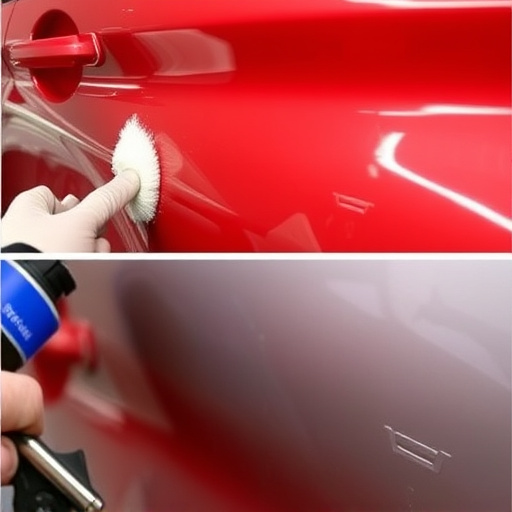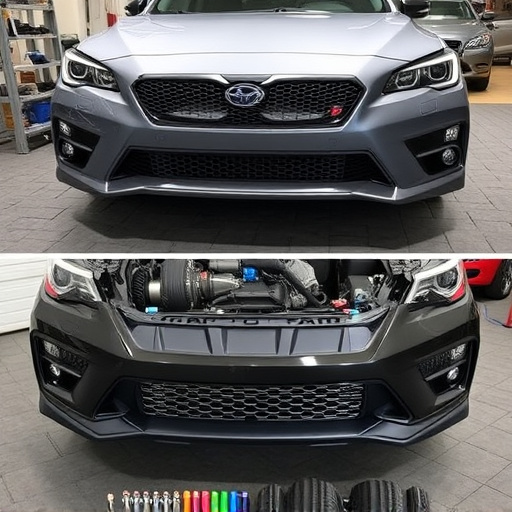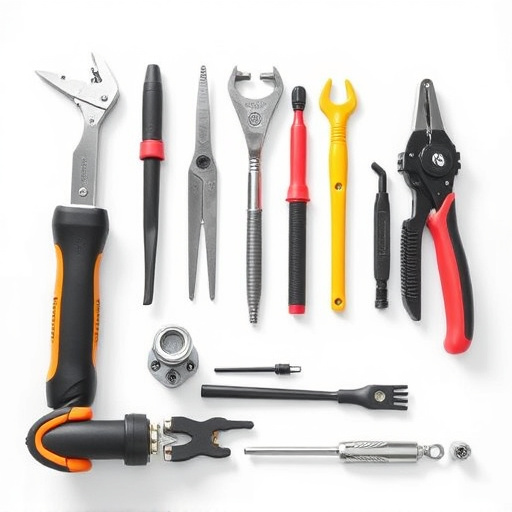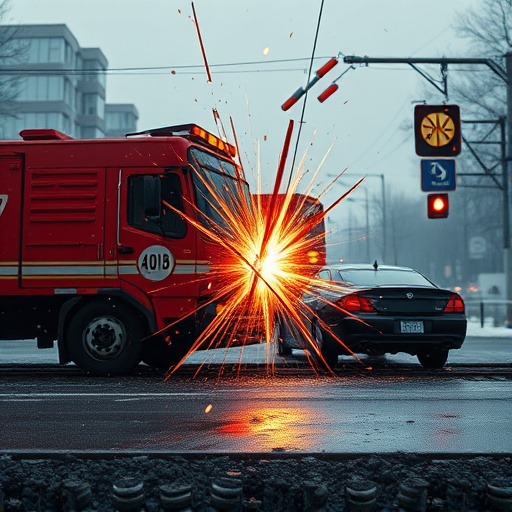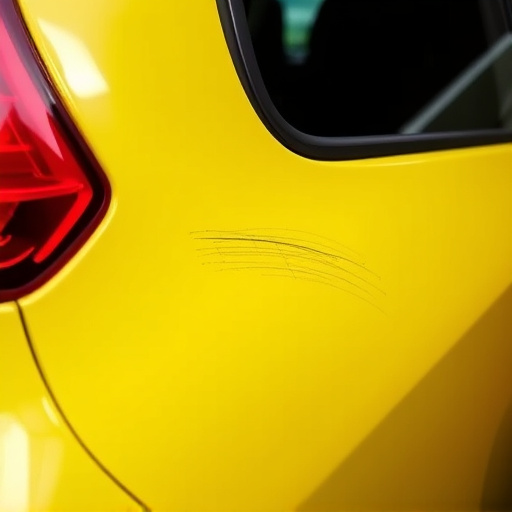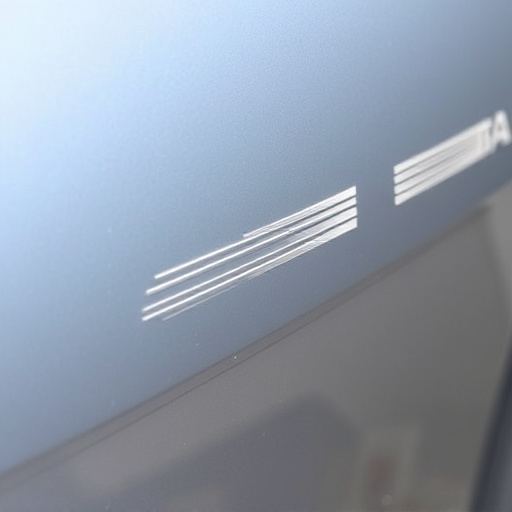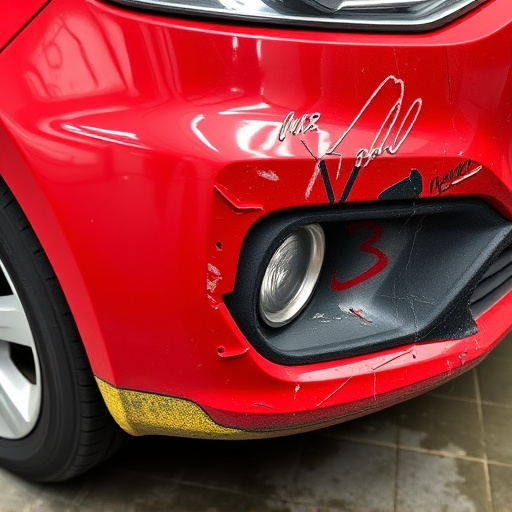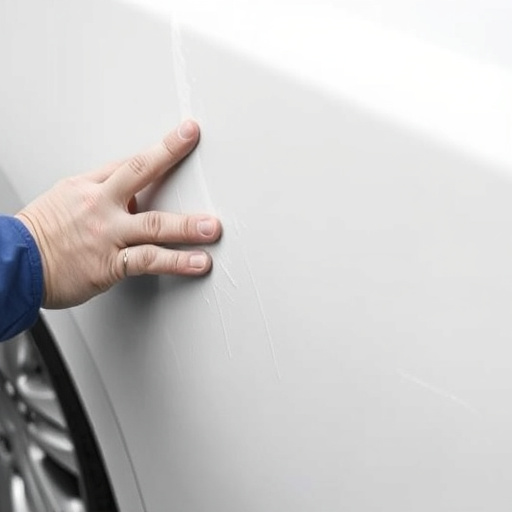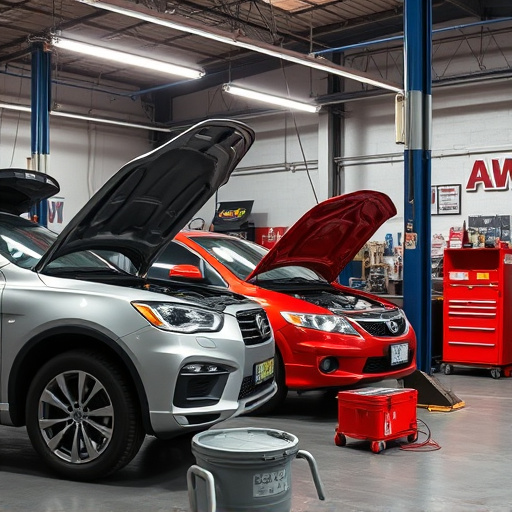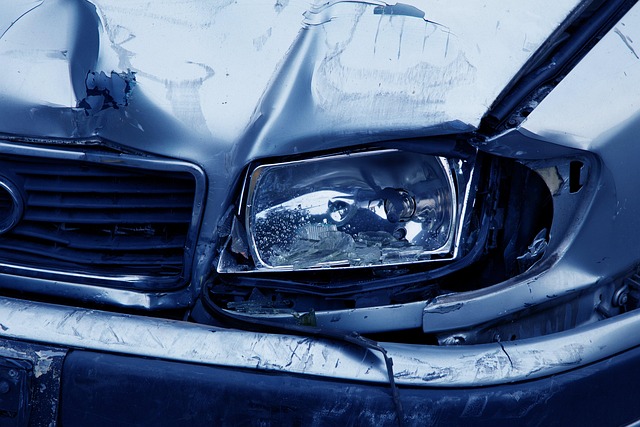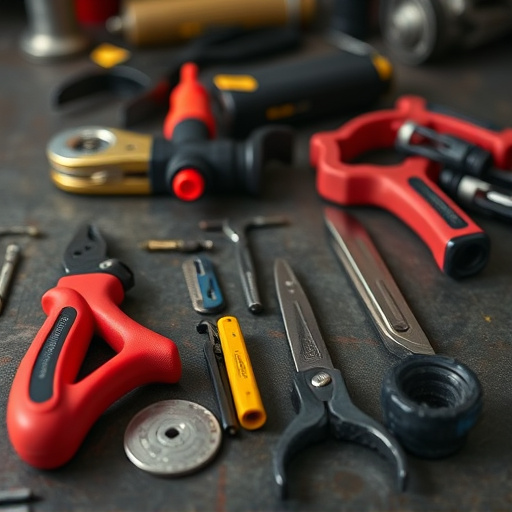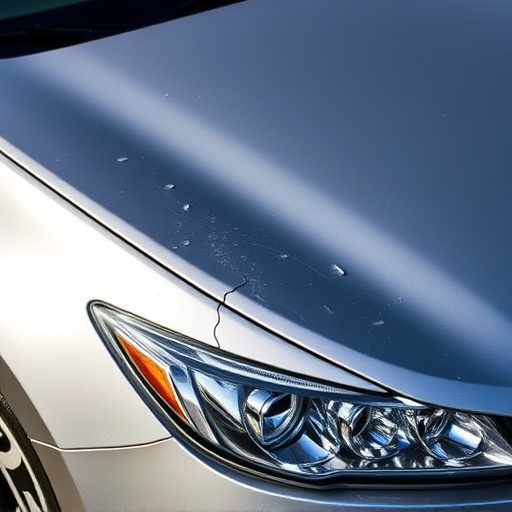Post-repair safety inspections are vital for auto body shops to maintain OEM standards, ensuring vehicle safety and reliability. This process verifies structural integrity, advanced safety systems, and paint finish, addressing issues to meet or exceed OEM guidelines. By adhering to these standards, shops foster customer satisfaction and enhance road safety through meticulous vehicle condition checks post-repair.
Post-repair safety inspections are pivotal in ensuring vehicles meet Original Equipment Manufacturer (OEM) standards. This comprehensive process aligns with OEM guidelines, validating repairs and confirming vehicle safety. By implementing rigorous checks, post-repair inspections safeguard drivers and uphold the integrity of the manufacturer’s reputation. These inspections not only ensure compliance but also provide quality assurance, fostering public trust and satisfaction in the automotive industry.
- Understanding OEM Safety Standards
- The Role of Post-Repair Inspection
- Ensuring Compliance and Quality Assurance
Understanding OEM Safety Standards
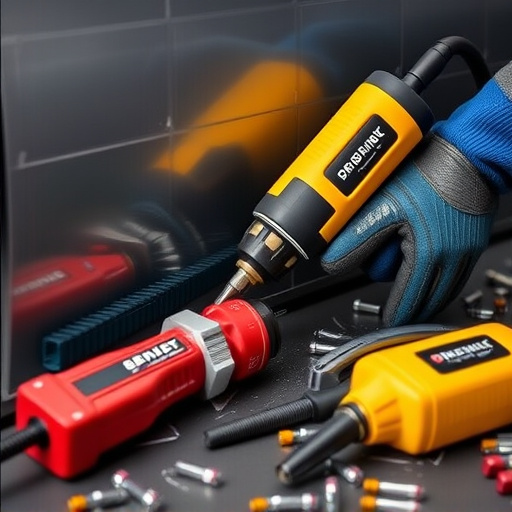
Original Equipment Manufacturer (OEM) safety standards are the gold standard for ensuring vehicle reliability and passenger protection. These rigorous standards cover every aspect of a vehicle’s construction, from structural integrity to advanced safety systems. When it comes to post-repair safety inspections, auto body shops must adhere to these OEM guidelines to guarantee that repaired vehicles meet or exceed safety expectations.
A comprehensive post-repair safety inspection involves meticulous examination of the car’s structure, components, and finishes, including auto painting and vehicle paint repair. This process verifies that all repairs were conducted according to the OEM’s specific instructions, preserving the vehicle’s original design integrity and performance capabilities. By aligning with these standards, car body shops not only ensure customer satisfaction but also contribute to road safety for everyone sharing the road.
The Role of Post-Repair Inspection
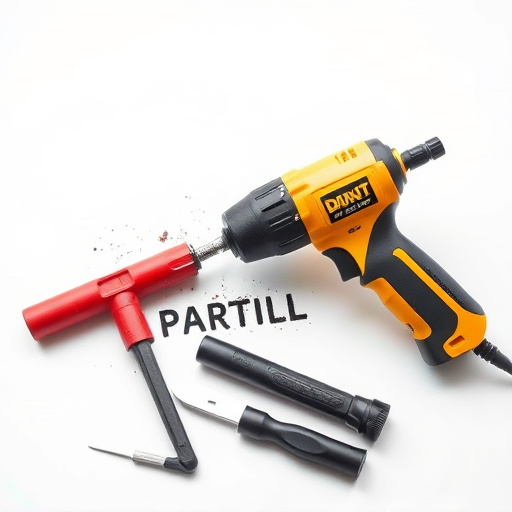
A post-repair safety inspection is a crucial step in ensuring that vehicle bodywork meets Original Equipment Manufacturer (OEM) standards. After any auto body services or automotive restoration, it’s essential to verify the structural integrity and overall quality of the repairs. This meticulous process involves a thorough examination of every component, from frame alignment to paint finish, to guarantee that the vehicle is safe for operation and adheres to OEM guidelines.
By conducting these inspections, professionals in the industry can identify any potential issues or discrepancies that may have occurred during the repair process. It allows for necessary adjustments to be made, ensuring that the final product not only looks like new but also functions as designed. This attention to detail is vital for maintaining the vehicle’s safety and reliability, providing peace of mind for owners who rely on their vehicles for daily transportation.
Ensuring Compliance and Quality Assurance
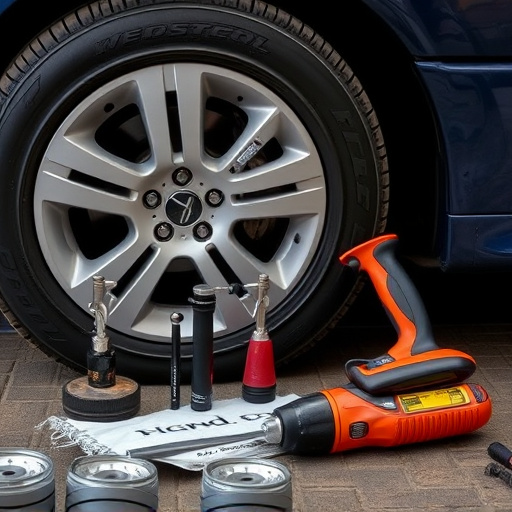
Post-repair safety inspection plays a pivotal role in ensuring compliance with Original Equipment Manufacturer (OEM) standards, especially in the context of collision centers and vehicle restoration processes. This meticulous process involves comprehensive checks to verify that every component of the car has been accurately repaired or replaced, adhering to the stringent guidelines set by the OEM. By implementing such inspections, collision centers can maintain a high standard of quality assurance, ensuring each vehicle leaves their facility safe and reliable.
The inspection focuses on critical areas like structural integrity, safety systems, and cosmetic repairs. For instance, in a car dent removal process, an expert technician would scrutinize the panel gaps, paint job, and overall alignment to guarantee that the repair matches the OEM’s specifications. This attention to detail not only safeguards the vehicle’s performance but also enhances customer satisfaction, knowing their car is in optimal condition after the collision center’s care.
Post-repair safety inspections are a vital component in maintaining OEM standards, ensuring that vehicles meet the required safety criteria after repair. By aligning with these standards, workshops can guarantee customer satisfaction and vehicle reliability. Through meticulous inspection processes, professionals identify potential issues, rectify them, and uphold the integrity of original equipment manufacturer (OEM) guidelines, thereby fostering trust and safety on the roads.
